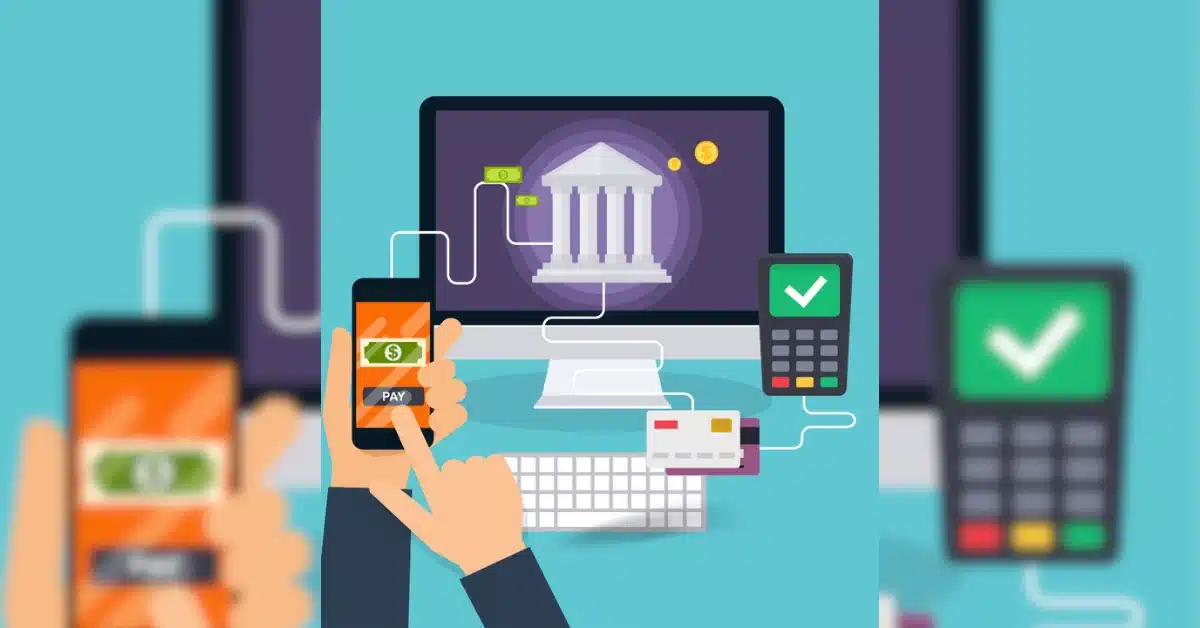Businesses can accept payments swiftly and securely via Electronic Funds Transfer (EFT) payments, an alternative payment method.
From small to large businesses, accepting and processing payments is a frequent and essential component of their daily operations. The capacity to make rapid, frictionless, and secure payments is a crucial element in company, whether it’s for paying employees or vendors or receiving payments from clients.
Businesses can accept payments swiftly and securely with the use of electronic payments, which provide a simple payment option. You may learn more about them and how they operate by using our guide.
What is EFT Payment?
A bank employee is not directly involved in an EFT, which is an electronic transfer of funds from one bank account to another. Whether or not the two accounts are located at the same financial institution, EFT transfers can be made between any two accounts.
It’s crucial to realize that the phrase “EFT payment” does not apply to only one kind of payment. Several various electronic payment mechanisms are referred to as “EFT payments” in this sentence. In addition to many others, this covers ACH payments and direct debit payments.
Types Of EFT Payments
Electronic funds transfer payments are available in a variety of formats and come with all of the advantages that are associated with electronic banking and payments. The following are some of the most prevalent forms of payment made by electronic funds transfer:
ACH Payment
Payments that are processed through the Automated Clearing House (ACH) network rather than through standard card networks are referred to as ACH payments. ACH stands for the Automated Clearing House.
Credit or Debit Card Payment
When consumers pay for goods or services purchased from businesses using a device, one form of electronic funds transfer (EFT) payment is a payment made with a credit or debit card. They can also be utilized for the transfer of funds between business bank accounts as well as the payment of bills.
eCheck
eChecks are an electronic alternative to paper checks that function in a manner that is comparable to that of a paper check, but they enable businesses and customers to use these payment methods in a world that is becoming increasingly digital. An electronic check transfer can be executed with just the routing number and the account number from the receiving bank. You’ll find additional information regarding eChecks on this page.
Wire Transfers
When moving substantial sums of money from one account at one financial institution to another account at a different financial institution, wire transfers are often the method of choice. This kind of payment is frequently utilized by individuals or corporations who are making a significant acquisition, such as a new piece of property or new piece of machinery.
You can read another essential article about new technology, so be sure to check it out.
- Why Is Blockchain The Most Futuristic Technology?
- How Technology is Making Online Slots More Exciting
How Does EFT Work?
Although not all EFT transactions are handled through the ACH network, all ACH transactions are EFT transactions. One kind of EFT payment is an ACH payment. The national automated clearing house for electronic funds transfers in the US is the ACH network. For consumers, businesses, and the federal, state, and municipal governments, it handles financial transactions.
The sender must include details like the recipient’s bank name, account number, routing number, and payment amount in order to effectuate an ACH payment. Depending on the sort of EFT payment being used, the specific procedure varies, however it doesn’t always include the ACH network.
The best method to make sure your procedures are efficient and secure is to use EFT payments to move your payment solutions online and into the electronic realm.
Stay tuned thetecheducation.com for further information and updates for technology.


